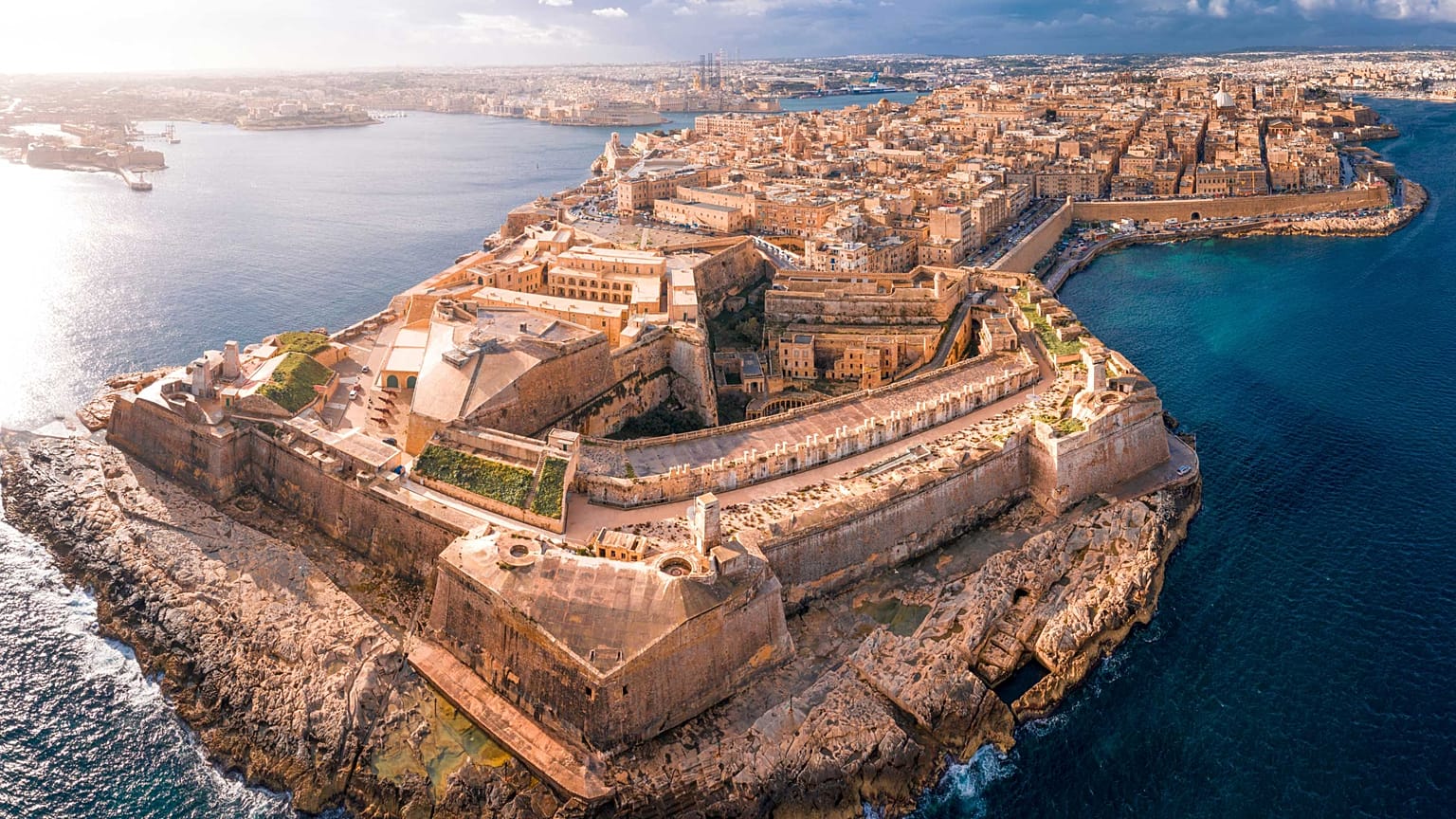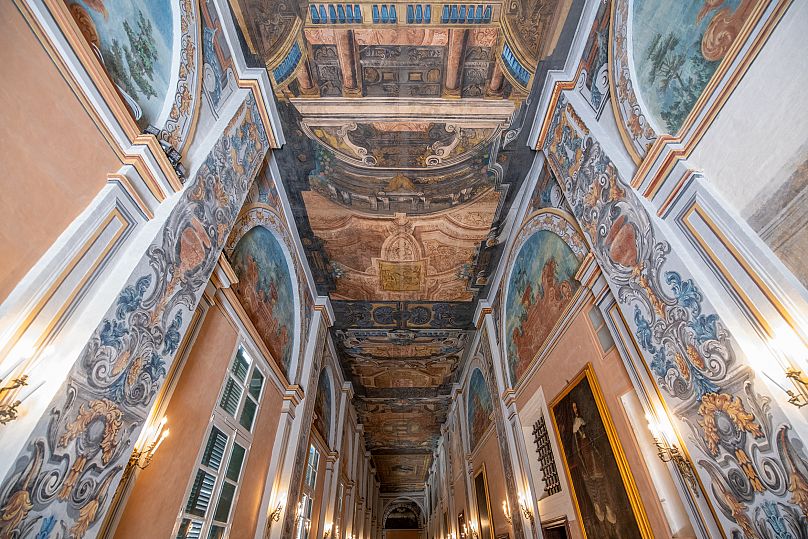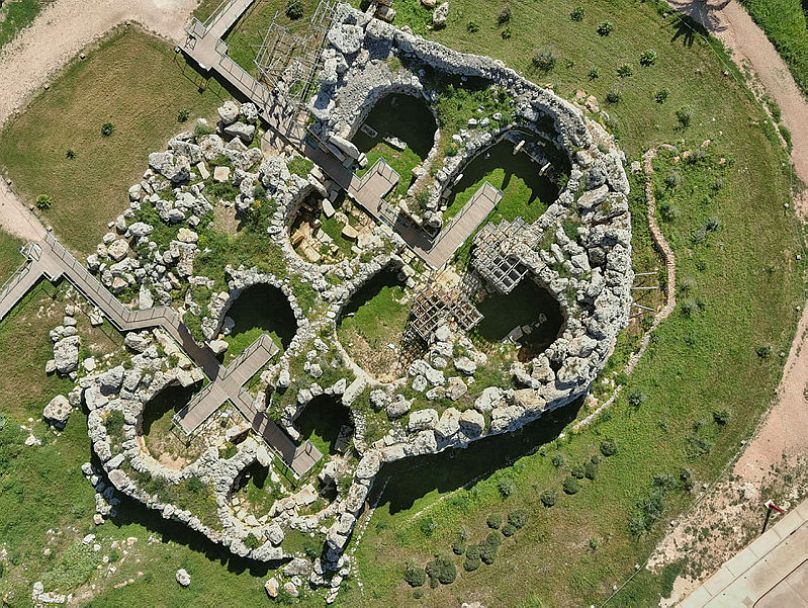A sun-kissed pearl dropped into the cerulean waters of the Mediterranean, Malta is a true treasure of Southern Europe, shimmering with ancient history, captivating landscapes and a fiery local spirit.
This spring, Malta shines for a wholly different reason, attracting art and culture enthusiasts from around the world for the maltabiennale.art, a contemporary art extravaganza running from March to May 2024.
Concentrated on the UNESCO World Heritage City of Valletta, the biennale’s brush strokes also extend across Cottonera and Gozo, transforming the region into a living, breathing canvas.
Valletta: A golden-hued muse
Valletta, the heart of Malta and epicentre of the festival, packs a lot of cultural heritage into its compact centre. During the biennale, creativity is woven into this rich fabric, inviting visitors to experience the festival as active participants.
Forego gallery confines to roam freely along Valletta’s honey-coloured streets, dipping into atmospheric art exhibitions, installations and multimedia performances at heritage sites and grand venues across the city, such as the Tal-Pilar Church and prestigious Grand Master’s Palace.
Malta’s colourful 8,000-year history splashes without limits. Vestiges of Neolithic architecture and well-kept fortifications paint a picture of old Malta, while in Valletta, a coat of 16th century elegance is applied. Along the way, the delicate scent of bougainvillaea flowers and the melodic chiming of church bells temper the grandeur, inviting artistic discovery.
When long shadows fall across Valletta’s central squares in late afternoon, steer towards the Grand Harbour for fresh seafood in the form of the quintessential Maltese dish Aljotta, served with local wines and set to a backdrop of traditional music and breathtaking landscapes. If energy allows, climb a cliffside trail at sunset for dusky pink ocean vistas before settling in timeless comfort at Phoenicia Malta, Malta’s most iconic hotel.
A fusion of global voices
A diverse group of eighty artists from around the world will participate in the maltabiennale.art, working under the theme of ‘white sea olive groves’. Evoking the islands’ prized agronomy and Mediterranean status, this leitmotif serves as a provocative invitation to rethink the region’s narratives, looking at decolonization, resistance and regional politics.
“Maltabiennale.art promises to spark a meaningful, real-time dialogue between heritage and the contemporary,” says President of maltabiennale.art Mario Cutajar. “The response we have received thus far has been incredibly overwhelming, and we couldn’t be more honoured to host an event already recognised as a major highlight on the global cultural calendar for 2024.”
Young and emerging talent as well as a number of Malta’s top artists are set to hold exhibits at the event, including invited artist Austin Camilleri who explores the tension between the material and the digital, the personal and public; and contemporary artist Aaron Bezzina who draws on the politics of the Mediterranean and religious powers in his grand sculptures.
Among the international artists participating are Swiss performance artist Anna Anderegg who dialogues the relationship between the human body and its environment; Ghanaian artist Ibrahim Mahama who covers themes of commodity, migration, globalisation and economic exchange; and South Korea’s Dew Kim who explores the intersections of art, religion and identity through jewellery and mixed media.
Malta’s history, its muse
Underlying the richness of Malta’s art world is an epic history carved by great powers. While old temples whisper old mythology, remnants of the Phoenician settlements hum stories of commerce before giving way to the drums of war, first from Carthage then Rome.
In 60 AD, Christianity forever altered the composition with St. Paul's shipwreck. Centuries later, Arabic influences became woven into the picture, effectively planting the Maltese language.
Only in the 16th century did the Baroque city of Valletta rise, carved with chivalry and grandeur by the Knights of St. John. At this time, artists Caravaggio and Preti added virtuoso flourishes on the city’s churches and palaces, seen to this day.
Thereafter, a short stay by Napoleon made way for systematic British rule throughout the 1800s. Since 1964, Malta has stood as a vibrant independent country, its lacquer of European modernity ready to be peeled away to reveal intriguing historical influence and a legacy of artistic brilliance.
Malta’s festa season
Springtime in Malta delights with warm weather and longer days. The maltabiennale.art is one of the latest additions to Malta’s ‘festa’ season, a celebratory period running from the end of April until early October.
During the ‘festa’ season, visitors will notice traditional festivities and elaborate religious ceremonies crop up like wildflowers in village squares and streets across the islands. Expect everything from pageants and marching band processions to firework displays and open-air festivals.
In addition to festa celebrations, one of the biggest spring occasions in Malta is ‘Holy Week’, a week-long Easter festival that sees locals dress up in finery for church processions in many of the villages around Malta and Gozo. This year’s famed celebrations run from 25th to 31st March 2024.
Unframed experiences: Beyond the biennale
The maltabiennale.art may be the centrepoint for artistic adventures, but travel to the country can extend far beyond the official programme.
Embark on guided tours to any of Malta’s UNESCO World Heritage sites, such as the megalithic temples of Ħaġar Qim or the Ġgantija in Gozo, stopping for a close-up view of flower-laden balconies and Baroque-style buildings in any picturesque village along the way. Anyone searching for sand and sea is spoilt for choice.
Those seeking day trips from Valletta can take a beach day in Sliema or flag a traditional water taxi to reach the old-world wonders of Cottonera, otherwise known as ‘the Three Cities’, a trio of preserved towns sitting pretty across the Grand Harbour.
Visitors can easily make a day of exploring the narrow alleyways of each town, dining in the palazzo courtyards of Birgu’s Victory Square and improving naval knowledge at the Malta Maritime Museum on the marina.
Other Cottonera landmarks not to be missed include the Inquisitor’s Palace, St. Lawrence’s Church and selected auberge mansions, such as Auberge d’Auvergne and Provence and the Auberge d’Angleterre, once inhabited by the Knights of Malta.
Don't miss your chance to be part of this multifaceted artistic adventure. Book your trip today to coincide with the maltabiennale.art, for an unforgettable encounter with art, culture and the captivating spirit of the Mediterranean.
Ready to embark on this unforgettable journey? Here are some key details to remember:
Dates: maltabiennale.art runs from 13th March to 31st May 2024.
Locations: The biennale unfolds across various venues in Valletta, Cottonera and Gozo, including museums, churches, and public spaces.
Events: Expect a vibrant programme of artist talks, workshops, performances, film screenings, and more.
Accommodation: Besides the heritage Phoenicia Malta hotel, visitors can choose from a variety of hotels, guesthouses and traditional Maltese ‘hostels’ to suit all budgets and travel styles.
Official website: www.maltabiennale.art
Facebook, Instagram, LinkedIn: @maltabiennale.art



